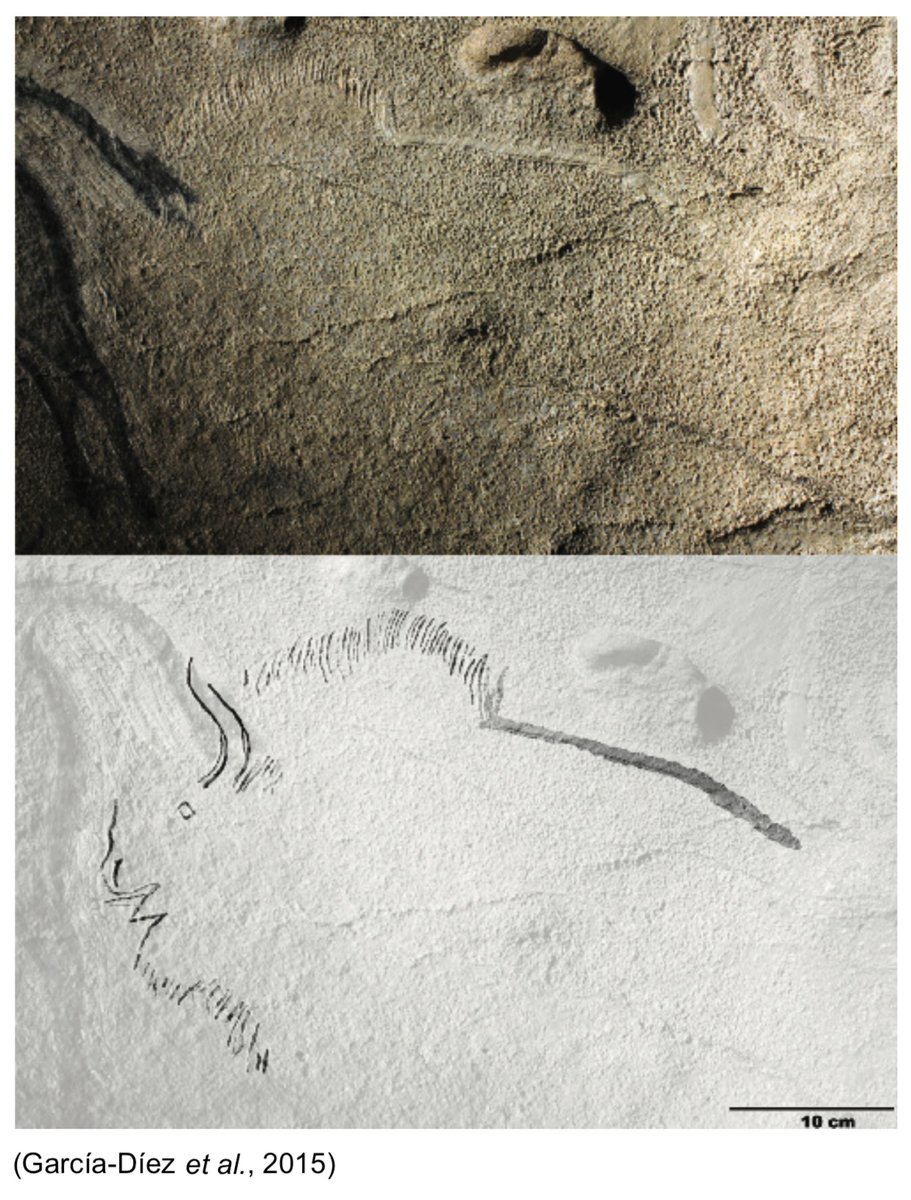
Hello! yesterday our colleagues @Torres_Riesgo and @Amayuus presented their Master dissertations in the @unican. We are vey proud of them!!
@Amayuus has implemented GIS analysis to characterize the landscape preferences of different artistic traditions during the Upper Paleolithic. What an interesting topic! 

@Torres_Riesgo has worked on scientific virtual reality reconstructing the scene of the rock art engravings of the Atxurra cave. A whole field of research to be discovered! 

Congratulations!!!🎓🎓
Directed by @GarateDiego and Alejandro García Moreno.
Directed by @GarateDiego and Elena Castillo.
• • •
Missing some Tweet in this thread? You can try to
force a refresh





























